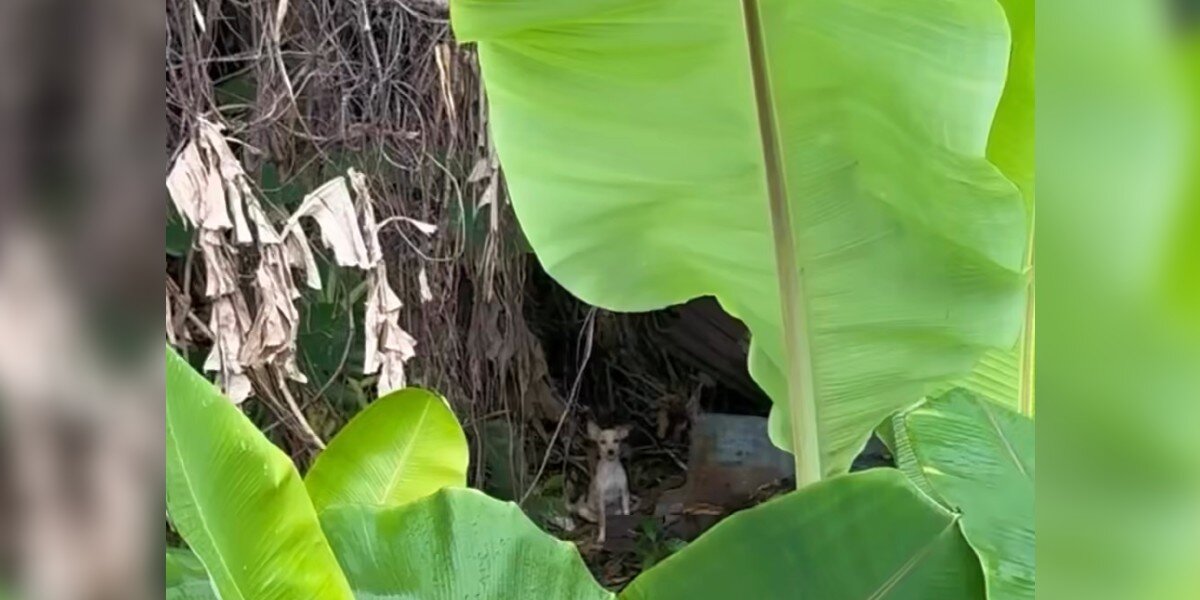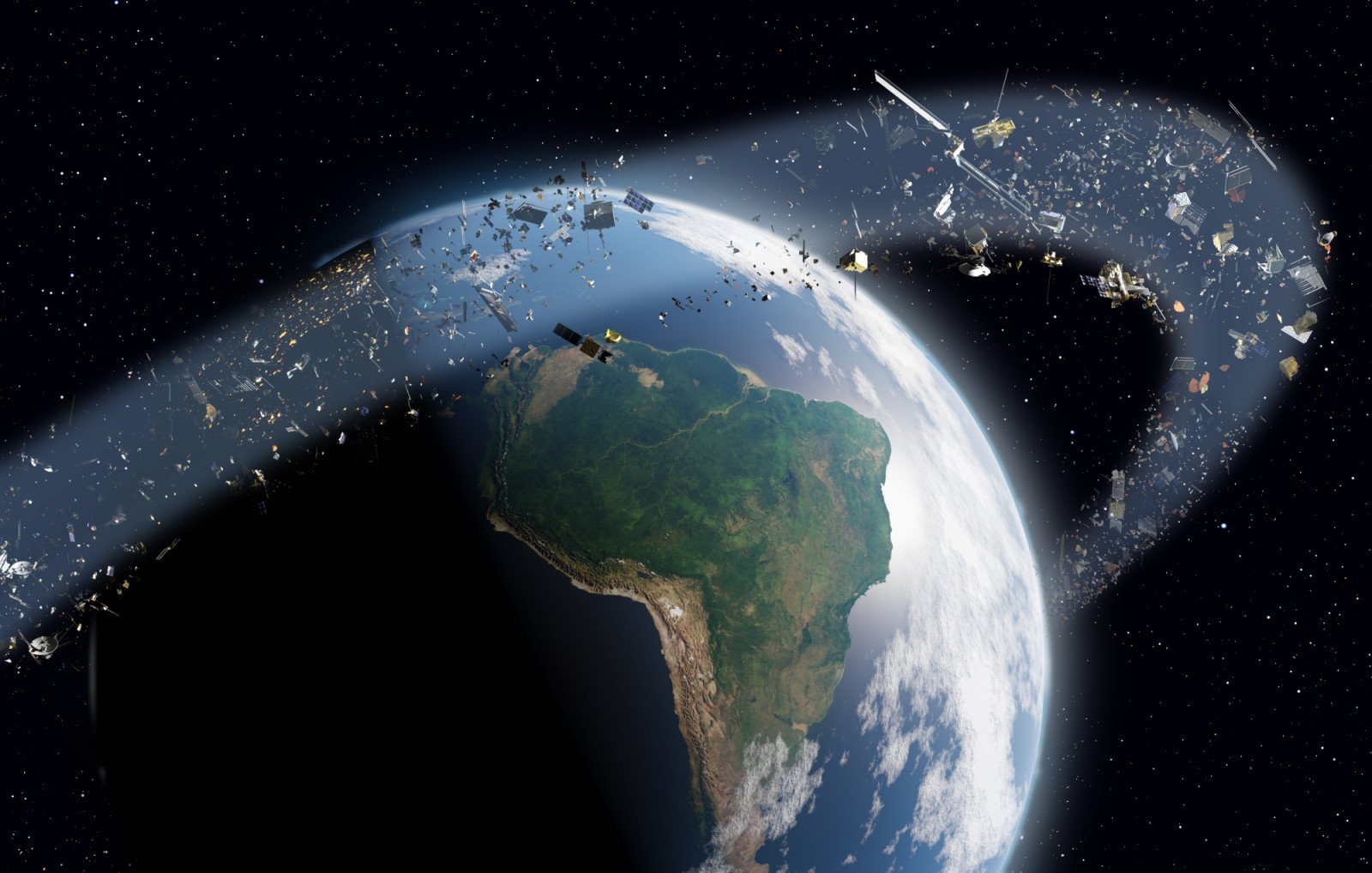AI Generated Deep-Sea Wonders: Discovering the Mysteries of the Barreleye Fish!

Have you ever encountered a creature that seems to be a living ghost from the depths of our oceans? Meet the barreleye fish (Macropinna microstoma), a mesmerizing being that looks like it swam out of a sci-fi novel. With its transparent, dome-shaped head and glowing green eyes, this enigmatic fish lives in the dark, icy abyss of the Pacific Ocean, far removed from the light of day.
First documented in 1939, the barreleye fish's peculiar adaptations baffled scientists for decades. It wasn't until a groundbreaking 2009 expedition by the Monterey Bay Aquarium Research Institute (MBARI) that researchers finally captured clear footage of this elusive species, revealing secrets about its anatomy and behavior that had long remained shrouded in mystery.
The Deep Sea’s Transparent Predator: How It Sees In Darkness
Living at staggering depths of 600 to 800 meters (2,000 to 2,600 feet), where sunlight is just a distant memory, the barreleye fish has developed some extraordinary adaptations to hunt its prey. Its most striking feature, that transparent dome housing two upward-pointing tubular eyes, allows it to see in an environment where visibility is nearly nonexistent. Initially thought to be fixed, MBARI’s footage unveiled a remarkable truth: the barreleye can actually rotate its eyes forward, helping it focus on prey directly in front while still maintaining an awareness of the world above.
But how does this fish thrive in complete darkness? The green pigments within its eyes filter out any ambient sunlight that manages to seep through, allowing it to spot faint bioluminescent signals from creatures like jellyfish. This visual filtering enhances contrast, making the glowing shapes of potential meals stand out sharply against the ocean's dark backdrop. Think of the barreleye's eyes as advanced periscopes crafted by nature, giving this fish a distinct advantage in a world where spotting even a shadow can mean the difference between feast and famine.
Anatomy Of An Alien: Why The Barreleye Fish Looks Like It Shouldn’t Exist
Despite its small size—reaching only about 15 centimeters (6 inches)—the barreleye fish is filled with features that seem almost alien. The protective dome encasing its eyes is filled with a clear fluid, safeguarding them from jellyfish stings and other hazards while it feeds. In fact, these fish can often be seen hovering motionless beneath jellyfish, stealing food from the tentacles of their gelatinous hosts.
Its mouth, surprisingly small and situated beneath the eye chamber, is perfectly designed for snapping up drifting morsels or intercepting prey. This clever anatomy allows the barreleye to conserve energy by remaining still while keeping a watchful eye on its surroundings. The delicate dome, however, poses challenges for scientists—their fragile nature tends to collapse under surface pressure, leading to misconceptions in early studies.
Rethinking Evolutionary Strategies In The Midnight Zone
The barreleye isn’t alone in its strange adaptations; a host of other deep-sea creatures have evolved similar transparent features. From glass squids to glass frogs, transparency is a recurring theme in the fight for survival in the deep. For instance, glass squids have nearly invisible bodies to evade predators, while glass frogs possess translucent skin to blend seamlessly with their leafy environments.
This phenomenon points to a broader survival strategy: in the absence of light, adaptations for camouflage and prey detection become crucial. The barreleye's unique blend of transparency, visual filtering, and stealth makes it one of the ocean's most specialized hunters in what scientists call the “midnight zone”—an area still largely unexplored and shrouded in mystery.
Capturing A Living Enigma: The 2009 Breakthrough By MBARI
For years, the barreleye fish remained an enigma, with captured specimens often too damaged for study. Everything changed in 2009 when MBARI researchers successfully filmed a live barreleye in its natural habitat off the coast of Central California. Using a remotely operated vehicle (ROV), they managed to observe its behavior and even keep one alive for several hours in a pressure-controlled aquarium.
This pivotal moment shattered previous anatomical misconceptions. The footage confirmed that the barreleye could indeed pivot its eyes, revealing the sophisticated hunting strategy the fish employs to feed beneath jellyfish. This discovery was a key piece in understanding how the barreleye has adapted over millennia.
How Deep-Sea Adaptations Could Inspire Human Technology
Beyond the sheer wonder that the barreleye fish invites, its unique biology may have implications for technology. Its natural light-filtering system and optically clear dome could inspire advancements in optical engineering, underwater robotics, or materials science. Imagine submarines and ROVs equipped with pressure-resistant, translucent shielding modeled after the barreleye's head.
Furthermore, scientists are intrigued by how this fish stabilizes its internal structures under pressure; its gel-filled head could provide valuable insights for creating better pressure-compensated environments for sensitive technologies. While these ideas are still in their infancy, they demonstrate that even the oddest creatures from the deep could hold keys to innovations that benefit humanity.
The Ongoing Mystery Of Its Range And Rarity
Despite increasing scientific interest, much about the barreleye fish remains elusive. While it has been spotted primarily in the North Pacific, from the Bering Sea to Japan and Baja California, its full range is still uncertain. The species appears to be rare or at least extremely elusive, with few live encounters documented due to its deep habitat and the challenges of capturing quality images or footage.
Future research may reveal more about its reproductive habits, lifespan, and ecological role. For now, the barreleye stands as a testament to the mysteries of the deep sea—a realm that continues to challenge our understanding of biology and nature.
Why This Fish Captivates Scientists And The Public Alike
The barreleye fish captivates not only marine biologists but also the public at large. Its bizarre appearance and mysterious behaviors have sparked comparisons to space helmets, submarines, and even aliens. As footage of this otherworldly creature circulates online, interest in deep-sea exploration and conservation continues to grow, fueling calls for greater funding and attention to these uncharted waters.
In an age where much of the Earth’s surface is mapped, the ocean’s depths still remain vast and largely unknown. Creatures like Macropinna microstoma remind us that sometimes, alien life doesn’t have to come from another planet—it’s waiting in the dark, just a few thousand feet below our own.































